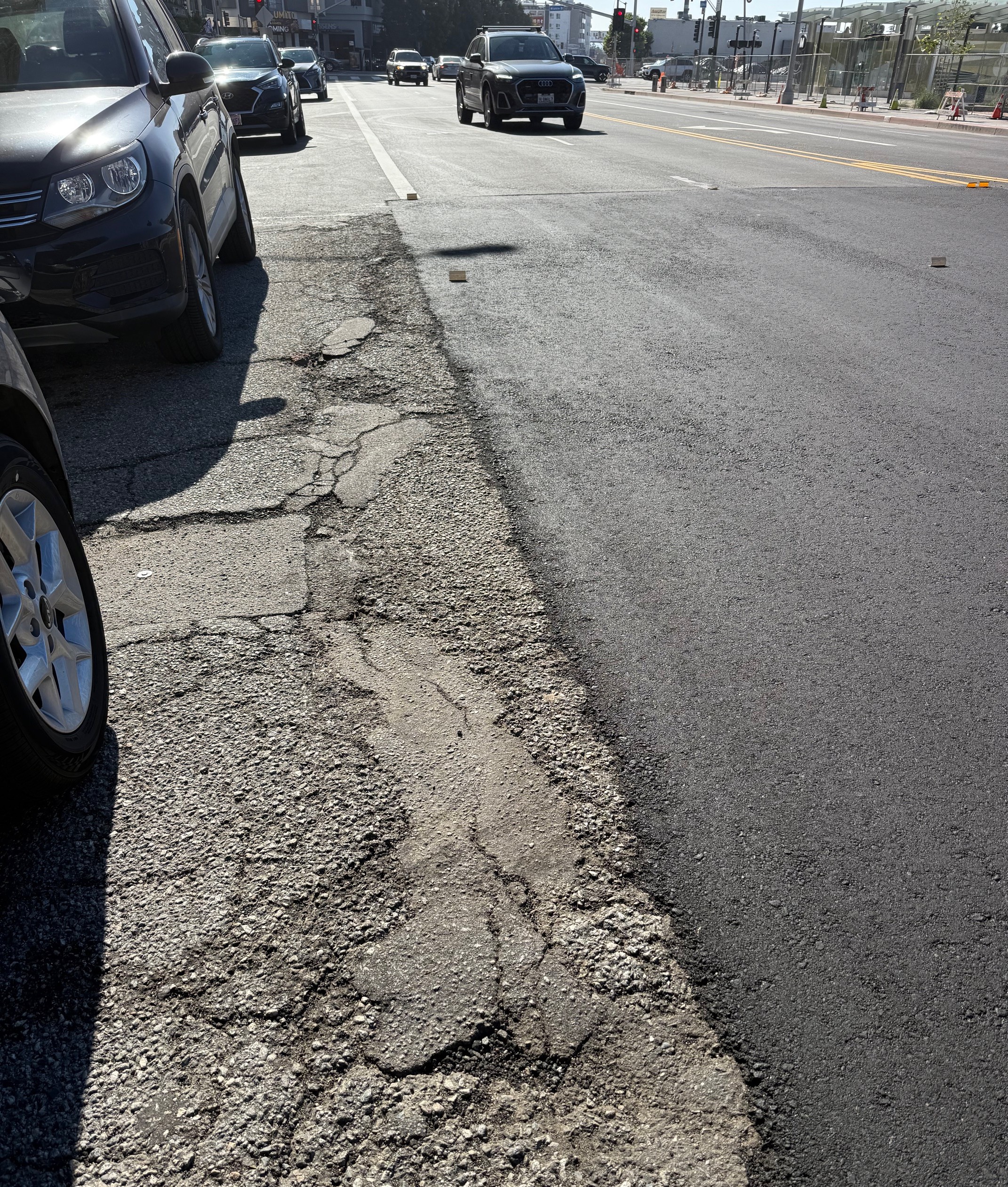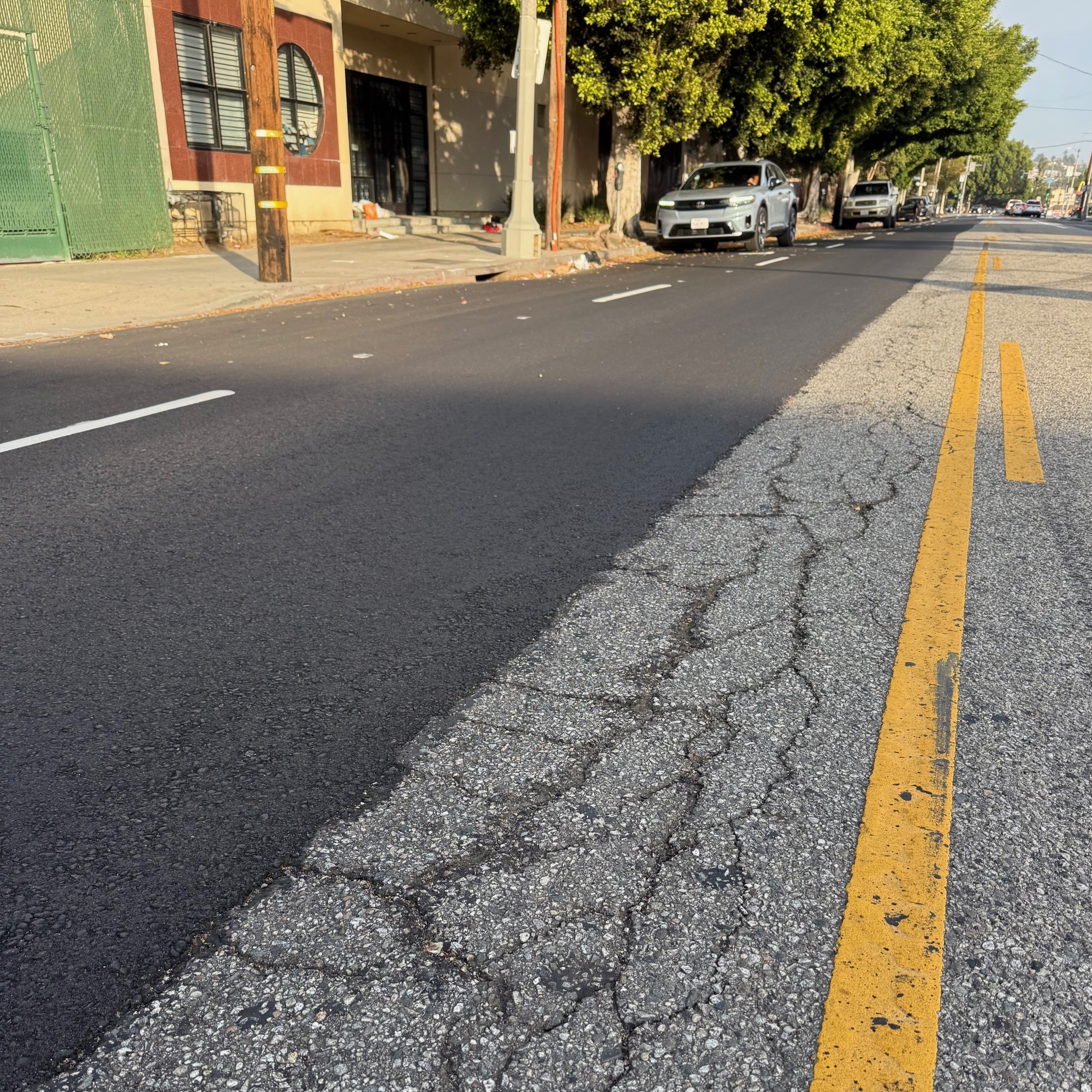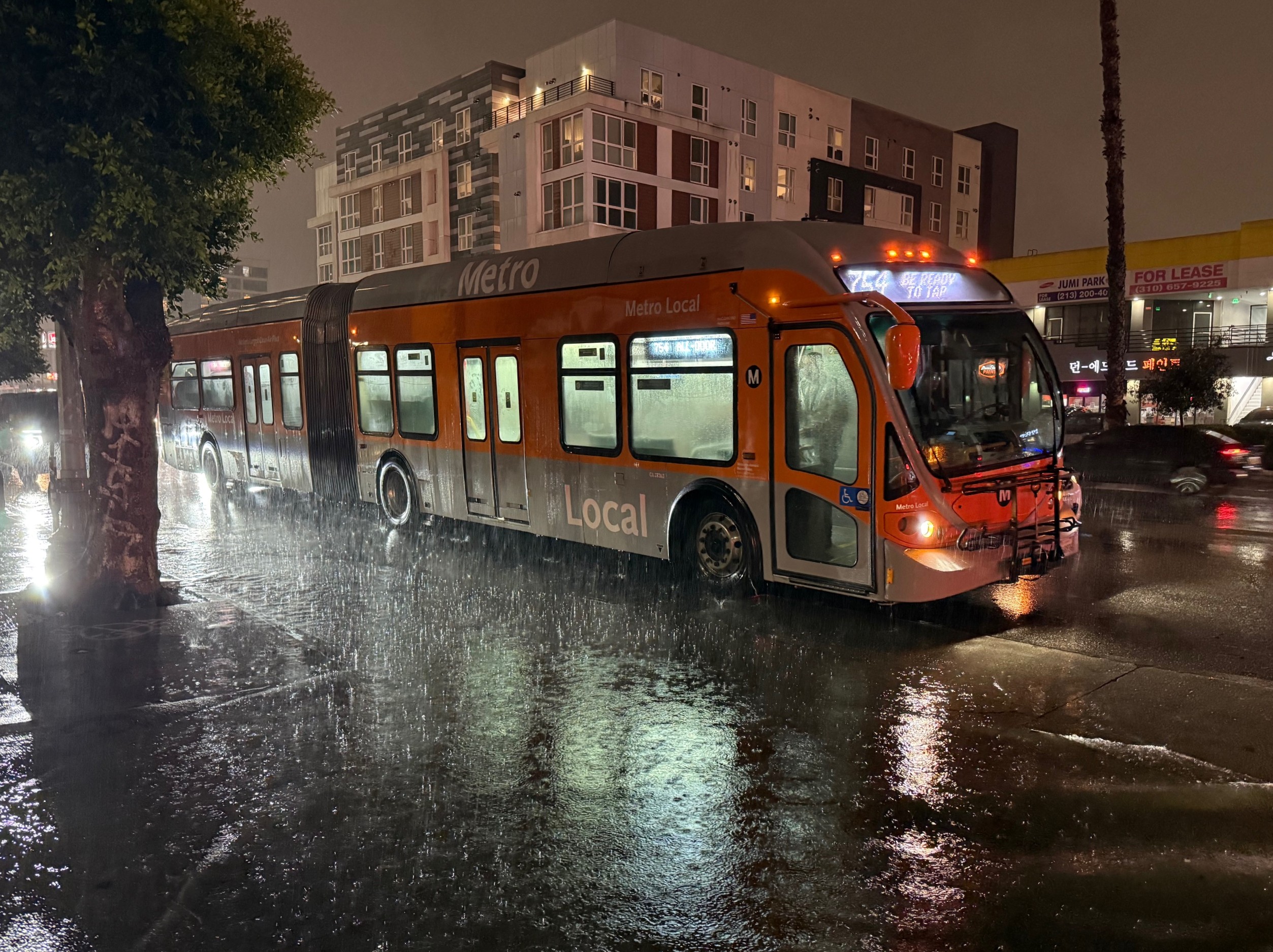(Editor's Note: At the end of Elana's article, I'm attaching a statement by CALPIRG declaring partial victory)
After lengthy negotiations, the House and Senate agreed last night on a massive "omnibus" spending bill [PDF]
that includes $2.5 billion for high-speed rail -- a compromise between
the two chambers -- as well as $150 million for the Obama
administration's sustainable communities effort and $150 million for the Washington D.C. Metro system.
 Rep. John Olver (D-MA), chairman of the House appropriations panel for transportation (Photo: MA Power Shift)
Rep. John Olver (D-MA), chairman of the House appropriations panel for transportation (Photo: MA Power Shift)The final legislation omits the $5 billion the White House had sought for its proposed
National Infrastructure Bank, with Appropriations Committee members
noting in a statement that "due to the complexity of this proposal, it
should be considered through the regular authorization process."
In addition, the new bill resolves a politically charged clash
over allowing guns on Amtrak trains by removing language that would
have threatened the rail network's federal funding if it did not allow
firearms in checked baggage.
Instead, the House-Senate
agreement requires Amtrak to report to Congress within 180 days on a
weapons screening plan and to implement the policy within one year,
while consulting with the Department of Homeland Security. The bill
makes no mention of possible loss of federal aid.
The House
and Senate bills varied widely in their treatment of high-speed rail,
with the latter reserving $1.2 billion for bullet trains in 2010 while
the former upped the ante to $4 billion.
Transportation reform groups and local planners had lobbied hard for the higher number but appeared to consider $2.5 billion an acceptable midpoint.
"While
the
figure is still short of the full $4 billion recommended by the
House, it is a significant step in the right direction," Phineas
Baxandall, senior budget analyst at the U.S. Public Interest Research
Groups (PIRG), said in a statement. "It sends a
clear message to the country that high-speed rail is on the move."
The Federal Transit Administration (FTA) would receive $10.73 billion for 2010 under the new deal, more than the House-passed
level. Washington D.C.'s Metro, facing fare hikes after a June crash
that killed nine passengers, would receive $150 million for safety and
maintenance.
The $150 million for the administration's
inter-agency sustainable communities plan matches the White House
request. The U.S. DOT also stands to receive $600 million for
competitive, merit-based grants in line with the popular TIGER stimulus program, which is being eyed for this winter's coming jobs bill.
Finally, the new legislation also addresses the congressional investigation into Amtrak management's stormy relationship with its inspector general.
Language
in the bill states that the U.S. DOT "shall not make grants for" Amtrak
operating in the third and fourth quarters of 2010 until a member of
the Council of the Inspectors General on Integrity and Efficiency
certifies that the rail network is collaborating successfully with its
watchdog.
Late Update: Transportation for America, which had joined U.S. PIRG in pressing for a $4 billion high-speed rail investment, released a statement hailing the agreement and its lead negotiator in the House. T4A co-chairman John Robert Smith said:
This $2.5 billion would not be possible without the efforts of
Congressman John Olver, a friend of public transportation throughout
his 18 years in Congress. We applaud Congressman Olver’s efforts and
look forward to our continued partnership.
CALPIRG Statement:
CALPIRG Applauds
Increased
Investment in High-Speed Rail
Statement by Erin Steva, Transportation
Advocate, on
the Consolidated Appropriation Committee’s Increased Allocation for
High-Speed
Rail
“This
week, CALPIRG joined labor, environmental, and academic advocates with
local
officials to call for greater investment in high-speed rail. We’re glad
to see
that Congress has responded.
“On
Tuesday the Consolidated
Appropriations Committee bill included $2.5 billion for high-speed
rail for
fiscal year 2010, more than doubling President Barack Obama’s original
recommendation of $1 billion and the Senate’s original $1.2 billion
figure, but
still short of the $4 billion recommended by the House.
“While
the figure is still short of the full $4 billion recommended by the
House, it
is a significant step in the right direction. It sends a clear message
to the
country that high-speed rail is on the move.
“The
decision will create jobs in the short-term by spurring high-speed rail
investment and development near future stations. Over the longer term,
the
decision adds momentum to forge a 21st century
transportation system
with a robust network of high-speed rail that will connect metropolitan
areas,
boost national productivity, and reduce our dependence on oil.
“It’s
clear now that the Economic Recovery bill’s initial down payment for
high-speed
rail is being followed up by sustained commitment from Congress.”
Citizens
groups and transportation advocates around the country had rallied
together to
support the higher house figure on a national
website and at local
events.






